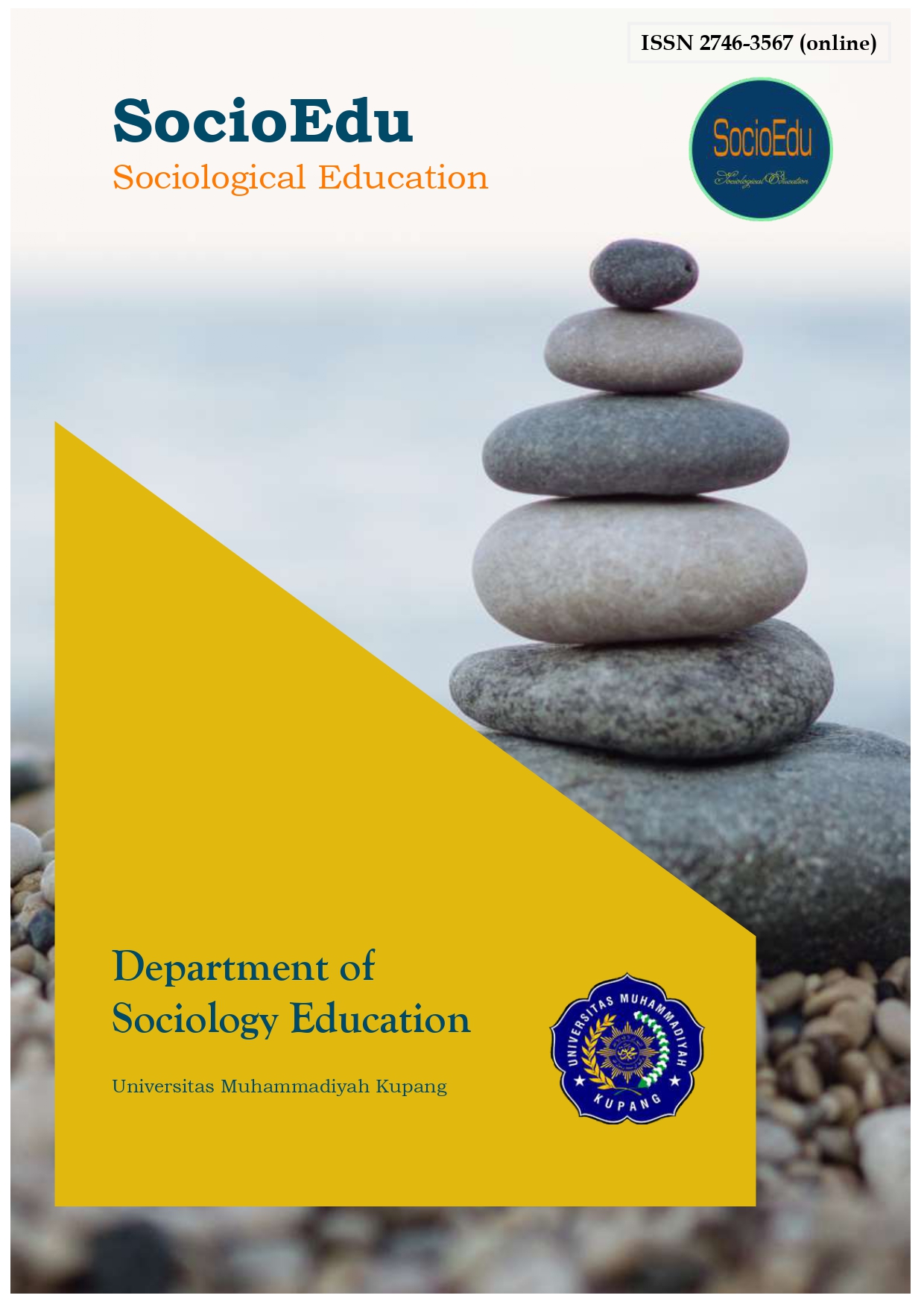Main Article Content
Abstract
This study aimed to investigate the effectiveness of a teaching strategy based on the Perkins and Blythe model in acquiring biological concepts and developing scientific values among eleventh-grade scientific students. The researcher employed a quasi-experimental methodology with partial control design on a sample of 69 students deliberately selected from eleventh-grade students at Zakho Preparatory School for Boys for the academic year 2024-2025. The sample was randomly distributed into two groups: an experimental group consisting of 33 students who studied using the Perkins and Blythe model-based teaching strategy, and a control group consisting of 36 students who studied according to the traditional method. After ensuring equivalence across several variables, the researcher determined the scientific material for the first unit, which represents the first three chapters of the eleventh-grade biology textbook (Internal Balance and Transport, Photosynthesis, Cellular Respiration). To verify the research objectives, the researcher prepared 24 actual lesson plans for each group, and developed a biological concepts acquisition test consisting of 30 questions in its final form, and adopted the scientific values scale prepared by Al-Mohtaseb (2018) consisting of 45 items distributed across 8 domains with both positive and negative items. After verifying validity and reliability indicators for the test items and scientific values scale, data were analyzed using the t-test for two independent samples. Results showed a statistically significant difference between the mean scores of students in the experimental and control groups on both the biological concepts acquisition test and the scientific values scale in favor of the experimental group. Based on the findings, the researcher made several recommendations and suggestions for future research studies.
Keywords
Article Details

This work is licensed under a Creative Commons Attribution 4.0 International License.
References
- Akins, E., Hedden, M. K., Paul, R. C., Slinger-Friedman, V., Worthy, R., & Zamani, P. (2017). Teaching sustainability using an active learning constructivist approach: Discipline-specific case studies in higher education. Sustainability, 9(8), 1320. https://doi.org/10.3390/su9081320
- Allen, D., & Tanner, K. (2005). Infusing active learning into the large-enrollment biology class: Seven strategies, from the simple to complex. CBE—Life Sciences Education, 4(4), 262-268. https://doi.org/10.1187/cbe.05-08-0113
- Angelo, T. A., & Cross, K. P. (1993). Classroom assessment techniques: A handbook for college teachers (2nd ed.). Jossey-Bass.
- Asoodeh, M. H., Asoodeh, M. B., & Zarepour, M. (2012). The impact of student-centered learning on academic achievement and social skills. Procedia - Social and Behavioral Sciences, 46, 560-564.
- Bada, S. O. (2015). Constructivism learning theory: A paradigm for teaching and learning. Journal of Research & Method in Education, 5(6), 66-70.
- Bonwell, C. C., & Eison, J. A. (1991). Active learning: Creating excitement in the classroom. ASHE-ERIC Higher Education Report No. 1. George Washington University.
- Bransford, J. D., Brown, A. L., & Cocking, R. R. (Eds.). (2000). How people learn: Brain, mind, experience, and school. National Academy Press.
- Burner, T., Nodeland, T. S., & Lorentzen, R. (2017). Exploring the implementation of student-centered pedagogy through educational design research. Cogent Education, 4(1), 1298187.
- Cooperstein, S. E., & Kocevar-Weidinger, E. (2004). Beyond active learning: A constructivist approach to learning. Reference Services Review, 32(2), 141-148. https://doi.org/10.1108/00907320410537658
- Freeman, S., Eddy, S. L., McDonough, M., Smith, M. K., Okoroafor, N., Jordt, H., & Wenderoth, M. P. (2014). Active learning increases student performance in science, engineering, and mathematics. Proceedings of the National Academy of Sciences, 111(23), 8410-8415.
- Hyslop-Margison, E. J., & Strobel, J. (2007). Constructivism and education: Misunderstandings and pedagogical implications. Teacher College Record, 109(1), 72-86.
- Khoury, S. (2022). The impact of student-centered learning on motivation and academic achievement. International Journal of Learning and Development, 12(3), 45-62.
- Kolb, D. A. (1984). Experiential learning: Experience as the source of learning and development. Prentice-Hall.
- Kumar, S., & Owston, R. (2016). Evaluating e-learning accessibility by combining conformance evaluation and usability testing. Behaviour & Information Technology, 35(11), 924-951.
- Lindeman, E. C. (1926). The meaning of adult education. New Republic.
- National Research Council. (2007). Rising above the gathering storm: Energizing and employing America for a brighter economic future. National Academies Press.
- Oliver, K. (2000). Methods for developing constructivist learning on the Web. Educational Technology, 40(6), 5-18.
- Piaget, J. (1972). The psychology of the child. Basic Books.
- Rogers, C. R., & Freiberg, H. J. (1994). Freedom to learn (3rd ed.). Merrill/Macmillan.
- Silberman, M. L. (1996). Active learning: 101 strategies to teach any subject. Allyn & Bacon.
- Tadesse, T., Manathunga, C., & Gillies, R. M. (2021). Making sense of quality teaching and learning in higher education in Ethiopia: Unfolding existing realities for future promises. Journal of University Teaching & Learning Practice, 18(1), 1-16.
- Tam, M. (2000). Constructivism, instructional design, and technology: Implications for transforming distance learning. Educational Technology & Society, 3(2), 50-60.
- Theobald, E. J., Hill, M. J., Tran, E., Agrawal, S., Arroyo, E. N., Behling, S., ... Freeman, S. (2020). Active learning narrows achievement gaps for underrepresented students in undergraduate science, technology, engineering, and mathematics. Proceedings of the National Academy of Sciences, 117(12), 6476-6483.
- Umurhan, A., & Colakoglu, O. M. (2020). Ensuring student-centered, constructivist and project-based experiential learning applying the Exploration, Research, Interaction and Creation (ERIC) learning model. International Online Journal of Education and Teaching, 7(1), 186-203.
- Vygotsky, L. S. (1978). Mind in society: The development of higher psychological processes. Harvard University Press.
- Weimer, M. (2002). Learner-centered teaching: Five key changes to practice. Jossey-Bass.
- Wright, R., & Boggs, J. (2002). Learning cell biology as a team: A project-based approach to upper-division cell biology. Cell Biology Education, 1(4), 145-153.
- Zhang, J., Huang, Y., & Chen, X. (2022). Student-centered learning in digital environments: A systematic review. Computers & Education, 178, 104-121.
- Zhao, Y., Wang, L., & Smith, R. (2020). Foundations of student-centered learning and teaching: Theoretical perspectives and practical implications. Educational Research Review, 30, 100-125.
- Zsolnai, A., & Kasik, L. (2023). A student-centered approach using modern technologies in distance learning: A systematic review of the literature. Smart Learning Environments, 10, 28. https://doi.org/10.1186/s40561-023-00280-8
